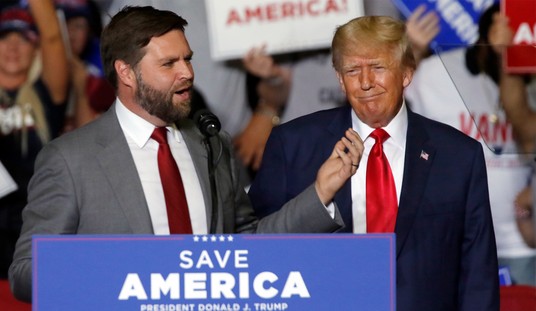So, let’s get this straight: The Postal Service’s most profitable product is delivering first-class mail to our mailboxes. But demand is down because we stopped reading magazines, started paying our bills online and now write emails instead of letters, etc.
What should the Postal Service do? Lower prices and use the advantages conferred by its huge volume and vast delivery network to win back some customers? Or raise prices on captive customers to cover losses elsewhere?
If you guessed No. 1, your faith in the wisdom of government is touching if not realistic. If you guessed No. 2, you’re understanding of postal leadership’s thinking is up to date.
Under current law, the Postal Regulatory Commission limits Postal Service price increases to the rate of inflation as measured by the Consumer Price Index. But the Postal Service has asked the commission to consider at its next meeting a proposal to eliminate or at least loosen these requirements and perhaps even let USPS leaders set prices for first-class mail.
Needless to say, big postal customers are against this. They say they can’t budget if shipping costs could change from month to month. But the taxpayers should be against it too because the Postal Service has done nothing to earn that kind of autonomy.
It has had one profitable quarter since 2006. It has lost $63 billion during that time, including $2.1 billion in the most recent quarter, and expects to lose another $6 billion or so this year. It enters into Negotiated Service Agreements with its largest vendors that lose money with every piece of mail handled.
In recent years, it has attempted to explain away its losing strategies by saying when it comes to “controllable income” – money the Postal Service would earn if it didn’t have to pay what it considered to be exorbitant costs to pre-fund its retiree and pension benefits – it was doing far better than anyone knew. But in the second quarter of this year, the Postal Service posted a controllable loss of $587 million. There is no escaping it now – the current plan is not working.
Recommended
Yet the Postal Service pays its workers twice what competitors pay and provides generous benefits packages. A tentative agreement reached in May with the National Association of Letter Carriers provides for three general pay raises over the next 10 years, totaling 4.7 percent with one paid retroactively, plus seven cost-of-living adjustments, plus agreements to convert probationary employees to career status and to forbid the Postal Service to lay off anyone or contract out any work.
No wonder fewer than 1 percent resign every year – a quit rate 1/45th the size of the private sector. The salaries and benefits are just too good. And no wonder the Postal Service was able to increase revenue from $65.2 billion in 2012 to $71.5 billion in 2016 and fall further behind.
But won’t granting control over pricing to a government-approved monopoly remove all incentives to improve efficiency? No, the Postal Service insists. It has “inherent incentives,” it tells us in its request for loosening the CPI requirement to “aggressively pursue efficiency gains” even without controls over what it can charge customers.
That would be easier to believe if the Postal Service was making progress on achieving cost controls and enhancing productivity now. But in actuality, efficiency has stagnated in recent years and actually declined last year, and leadership, as of now, has no new major cost-saving initiatives planned.
The problem with the Postal Service has not changed. The people who run it are sincere, but they are not good dealmakers, and their failure to perform basic market research has led to billions of dollars in losses.
Now, rather than go back and fix the problems, improve efficiency, renegotiate deals and do the hard work of cleaning up their balance sheet, postal officials want another bailout. They want the permanent privilege of bailing themselves out whenever they get into trouble by simply raising prices.
There are Americans who depend on the mail and could not afford these higher prices. There are companies that provide millions of American jobs that would be endangered if the Postal Service cannot deliver at truly competitive rates. And there is a government – paid for by the Postal Service’s captive customers – that must absorb the blows of the Postal Service’s continued mistakes.
For all these reasons, it is important not to kick the can down the road and to insist the Postal Service make its stand now and start cutting costs and moving forward.
























Join the conversation as a VIP Member